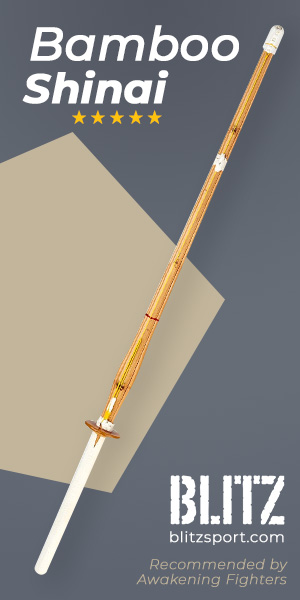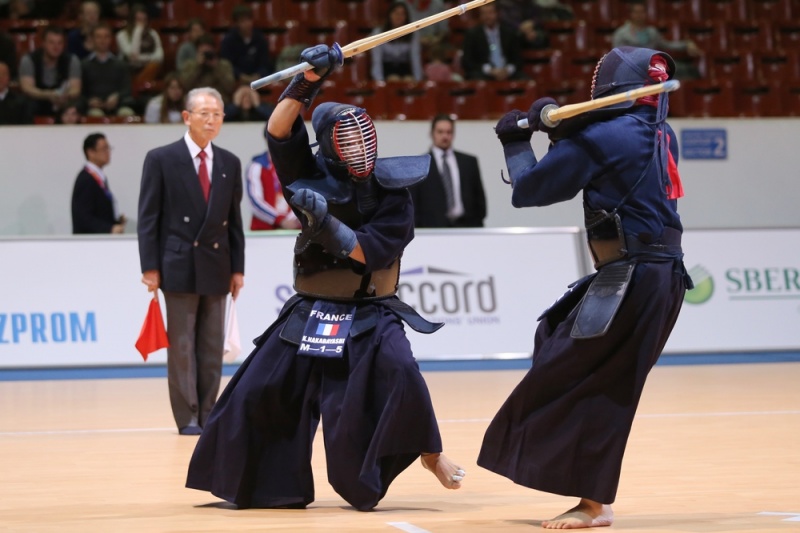 Kendokas compete at the Sportaccord World Combat Games in 2013, the first year it was accepted as a sport. Photo Source: World Combat Games Wesbite
Kendokas compete at the Sportaccord World Combat Games in 2013, the first year it was accepted as a sport. Photo Source: World Combat Games Wesbite
Summary
Kendo is a Japanese martial art meaning literally “the way of the sword.” The art of Kendo combines basic martial art techniques as well as sports-like moves. Since Kendo today is also regarded as a contemporary sport, practitioners gather together to improve physical form and strength and to participate in Kendo matches.
History / Origins
ETYMOLOGY
Kendo is a Japanese word with a literal meaning “the way of the sword.” It is a traditional Japanese martial art that makes use of both mental and physical awareness. Users of Kendo techniques are called Kendoka which means “someone who practices the art of Kendo.” They are also being called Kenshi which means “swordsmen.”
BEGINNINGS
Kendo has been a part of Japan’s rich culture. The beginnings of Kendo can be attributed to the birth of the sword on the 11th century during the Helan era, where swords became useful in most of Japanese battles. The Kamakura period (1185-1233) is known to be the era of horse riding, arching, and sword fencing especially for the military clans. It was in this period when Kendo was developed through the influence of Zen Buddhism.
Many swordsmen embraced the concept of Kendo. A group eventually established a school where Kendo techniques, practices, and philosophies were formally taught to students who showed interest in this art. The practices of the ancestors of Kendo continued for centuries which became the basis of the fundamentals of Kendo of the present time.
During the Shotoku Era (1711-1715), Naganuma Shirōzaemon Kunisato introduced the bamboo practice swords 'shinai' and armour 'bōgu' that we all recognize today.
PRESENT DAY
In the last few decades, many different schools of Brazilian Jiu-Jitsu have surfaced. Although the differences are often subtle, one can differentiate between Gracie Jiu-Jitsu School and the Brazilian Jiu-Jitsu school. The first one is mostly oriented on self-defence techniques, while the second one is considered to be more of a sports discipline. Nowadays, the discipline is not only practiced in schools, real-life situations and on the streets, but has also been brought to sport halls. Jiu-Jitsu Federation hosts numerous major tournaments every year in different countries. The most famous include the Pan American Championship, the Mundials and the European Championship. Last ten years have also brought much popularity to the technique, especially in America as a result of the media coverage of numerous challenge matches.
FOLKLORE
Tales of swords is one element that helps to make Japan’s history and culture extremely interesting. It is said that there were Three Sacred Treasures that served as the Imperial Regalia. Kusanagi, a legendary sword, was one of these treasures. Folklore has it that Kusanagi was found by Susanoo, the brother of the Sun Goddess Amaterasu, in the tail of Yamata no Orochi, the eight-headed serpent. When he claimed it, Susanoo surrendered Kusanagi to the tenth Emperor Sujin and the emperor deposited the Three Sacred Treasures in Amaterasu’s shrine. The Three Sacred Treasures, in 4 C.E., were moved to Uji in Ise Province.
In 113 C.E., Prince Yamato Takeru passed through Ise Province on his way to subjugate the Ainu in the northern part of Japan. Yamato-hime, his aunt, let him use the sword and gave him a bag that will provide him protection. Ainu and his troops attacked the group of Prince Yamato Takeru by setting fires in the field. The prince cut the grasses with fire using the sacred sword and he used the bag of protection given to him by his aunt to reverse the fires to Ainu’s troops.

| COUNTRY OF ORIGIN: | Japan |
| TIME OF ORIGIN: | - |
| PRACTISED: | |
| FOUNDERS: | – |
| FOCUS: | |
| ALSO KNOWN AS: | - |
| PARENTHOOD: | Kenjutsu |
| DESCENDANTS: | – |
| OLYMPIC SPORT: | No |
NOTABLE FEMALE PRATITIONERS
–
NOTABLE MALE PRATITIONERS
–

| NATIONALITY: | |
| DATE OF BIRTH: | |
| AGE: | |
| BORN: | – |
| RESIDENCE: | - |
| ALSO KNOWN AS: | - |
| OCCUPATION: | |
| JOB TITLE: | Kenjutsu |
RELATED FEMALE INDIVIDUALS
–
RELATED MALE INDIVIDUALS
–

| COUNTRY: | Japan |
| LOCATION: | - |
| FOUNDED: | - |
| OPERATIONAL: | |
| FOUNDERS: | – |
| ALSO KNOWN AS: | - |
| SECTOR: | |
| DESCRIPTION: | Kenjutsu |
| WEBSITE: | - |
ACOSSIATED INDIVIDUALS
–
ACOSSIATED ATHLETES
–
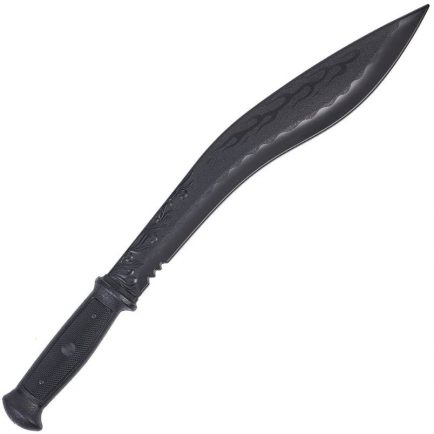
Plastic Kukri Sword
Designed to be the same weight, size and balance of a live blade, the Kukri Sword greatly reduces the risk of injury whilst training.
£11.99
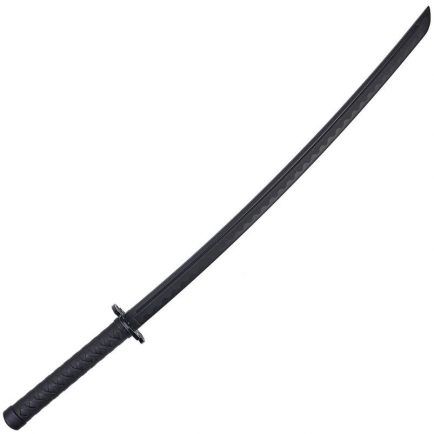
Plastic Katana Sword
Made of polypropylene plastic, this Katana Sword is virtually unbreakable and the same weight, size and balance of a live blade.
£20.99
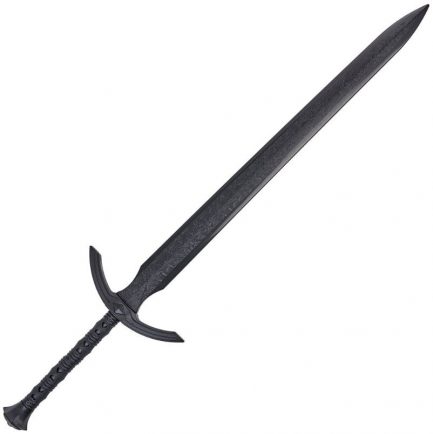
Blitz Excalibur Sword
Features an incredibly detailed narrow handle, providing a smooth and solid grip, as well as inscribed detailing along the blade.
£49.99
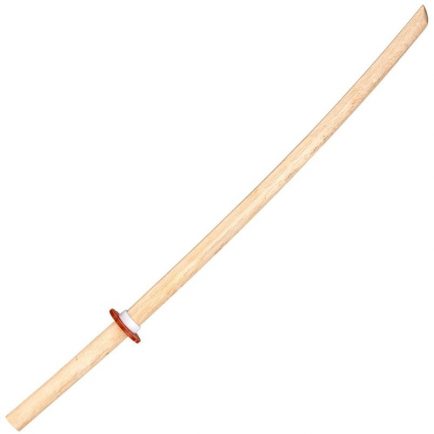
White Oak Bokken
Our white oak bokken is made from a durable hard wood and is the perfect practice sword katana. Comes with tsuba and rubber ring.
£23.99
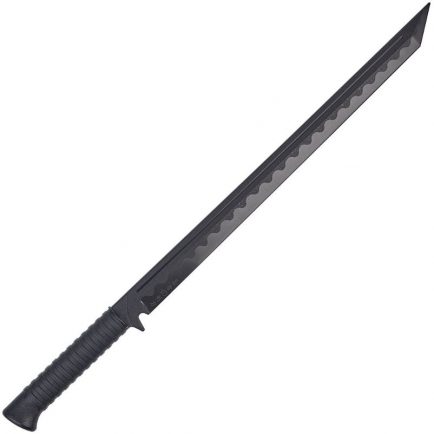
Plastic Ninja Gatana
Features a solid grip handle and inscribed detailing along the blade. Dimensions: 52.5cm blade and 17.5cm handle. Length: 70cm. 275g.
£13.99
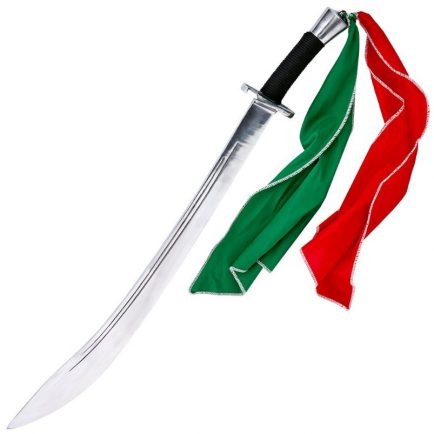
Chinese Broadsword
A metal Chinese broadsword with red and green nylon coloured scarves. 81cm long (32 inch). 64cm blade (25 inch). 750 grams.
£73.99
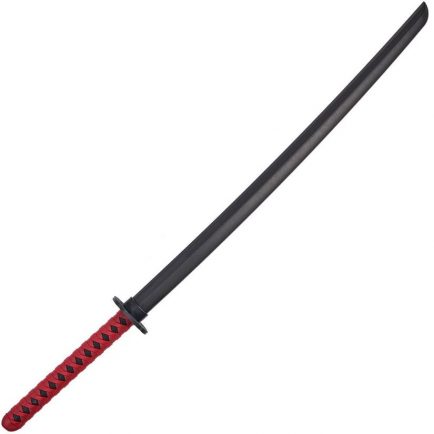
Plastic Samurai Sword
This sword is slightly flexible allowing for better shock absorption when striking hard objects or sparring with other training weapons.
£43.99
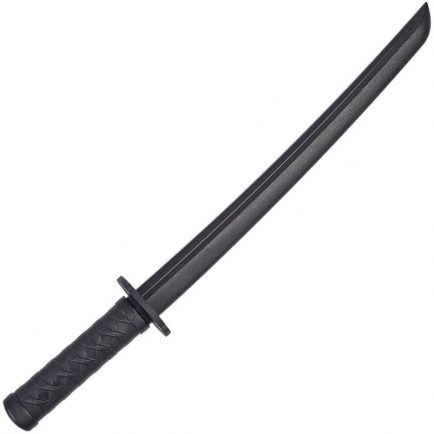
Blitz Plastic Shoto
Used as a replica Wakizashi, this Shoto is virtually unbreakable and a much more durable material compared to wood.
£10.99
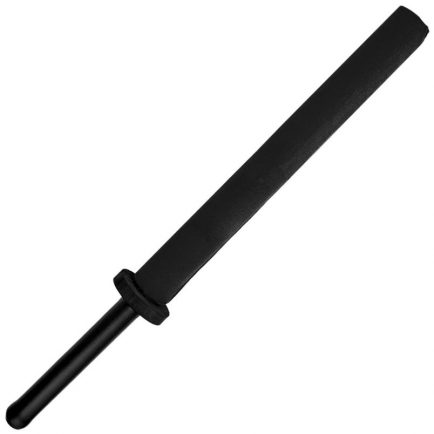
Chanbara Sword
The Blitz Chanbara Sparring Sword offers both attacking and defensive qualities, giving the combatant fighting possibilities.
£17.99
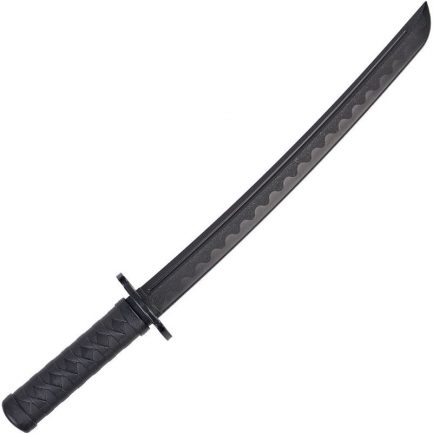
Blitz Wakizashi Sword
Made of polypropylene plastic, this Wakizashi Sword is virtually unbreakable and the same weight, size and balance of a live blade.
£10.99
Practices
PHILOSOPHY
Kendo highlights important aspects of Zen Buddhism and the way of samurai. It is a way to discipline the physical and mental character by using the principles of katana or the traditional Japanese sword. The art of Kendo does not just serve as a way to defend oneself but it is also a way to enhance the mind-body-spirit connection. The objectives of Kendo, according to All Japan Kendo Federation, are as follows:
- To mould the mind and body,
- To cultivate a vigorous spirit,
- To strive for Improvement in the art of Kendo;
- To hold in esteem human courtesy and honor,
- To associate with others with sincerity,
- And to forever pursue the cultivation of oneself.
- Thus will one be able to love his country and society,
- To contribute to the development of culture,
- And to promote peace and prosperity among all people
TECHNIQUES
This section needs collaborators. If you want to contribute, please email info@awakeningfighters.com
TRAINING
This section needs collaborators. If you want to contribute, please email info@awakeningfighters.com
RANKS & GRADING
This section needs collaborators. If you want to contribute, please email info@awakeningfighters.com
WEIGHT CLASSES
This section needs collaborators. If you want to contribute, please email info@awakeningfighters.com
Rules / Rulesets
RULES / RULESETS
Just like any other Japanese martial arts, Kendo is practiced barefoot. The practice is held in sport halls or other venues that has a clean wooden floor. To prevent injury, the complete set of Kendo protective clothing called “bogu” must be worn. Kendo match starts and ends with strict Japanese etiquette, manners, and courtesy. To score a point, the warrior must strike the opponent using a bamboo sword, but it takes time to do it as it involves both the mind and the body to master a strike. Kendo strikes must be made only on the allowed target points: the head, trunk and forearm. Strikes made in the other parts of the body are illegal. The practitioner who first scores two points during the five-minute combat is the winner.
Organisations & Historical Places
ORGANISATIONS
(If you are interested in having your organisation listed, please contact us at info@awakeningfighters.com)
HISTORICAL PLACES
This section needs collaborators. If you want to contribute, please email info@awakeningfighters.com
Popular Culture
POPULAR CULTURE
The art of Kendo has made its way to local action films where the samurai and the use of swords are given the limelight. Local films that feature Kendo include Harakiri, The Twighlight Samurai, The Hidden Blade, Samurai Rebellion, and The Zatoichi Series to name a few.
Kendo, apart from being a martial art, is now considered a sport where people gather together to show their strength and physical form, as well as organize Kendo matches for fun and camaraderie.
Useful Links
USEFUL LINKS
Links coming soon
References
REFERENCES
- http://en.wikipedia.org/wiki/Kendo#Concept (general)
- https://www.newworldencyclopedia.org/entry/Kendo (general)
- http://www.bestkendo.com/Kendo-History.html (general)
- http://web-jpn.org/kidsweb/meet/kendo/kendo02.html (rules)
- http://www.kodokankendo.org/index.php/what-is-kendo/kendo-films (popular culture)
COLLABORATORS
No Collaborators found




